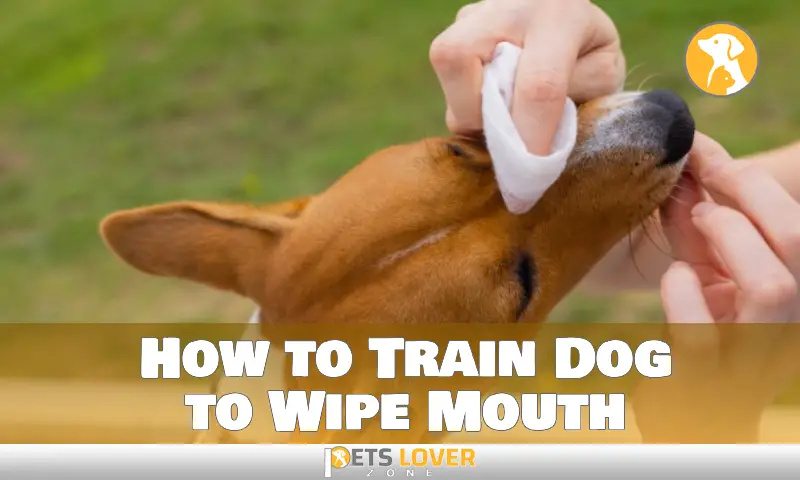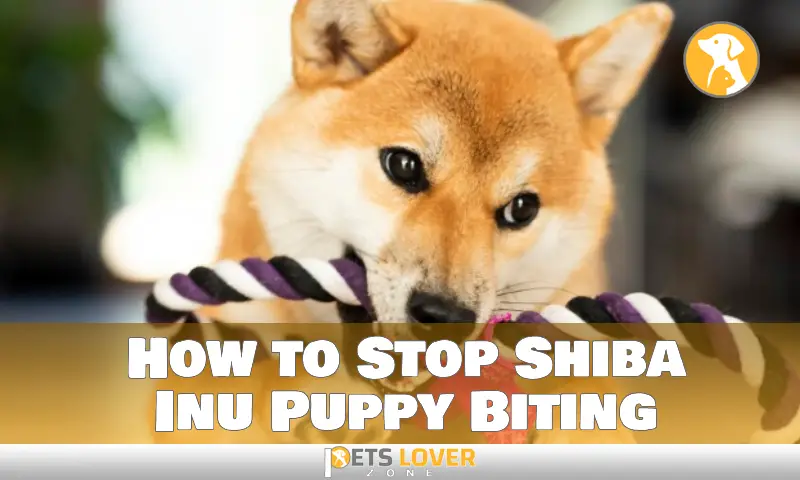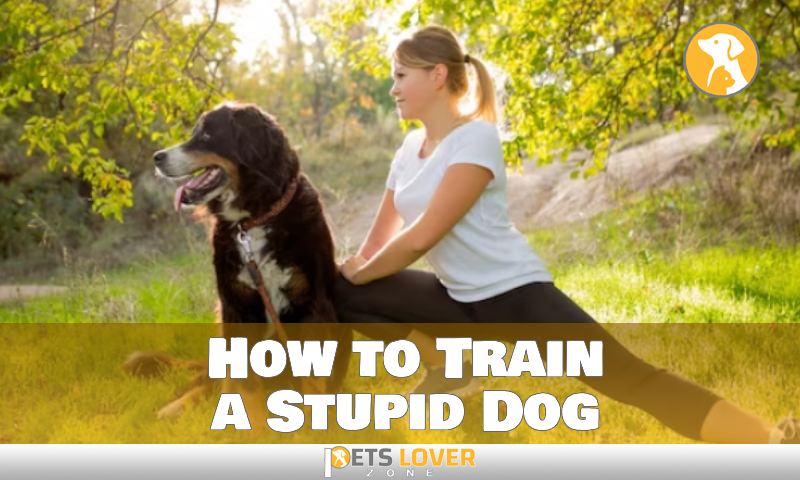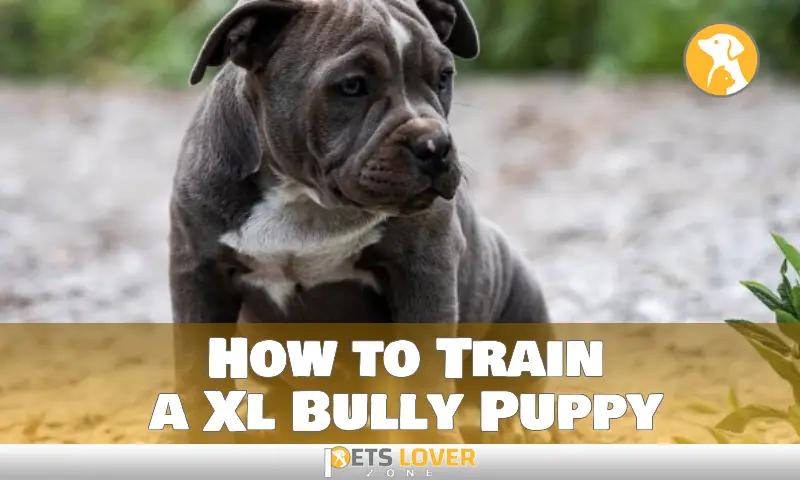Raising a Cocker Spaniel puppy can be one of the most rewarding experiences of your life, but it can also be one of the most frustrating.
One of the biggest problems you will face is teaching them not to bite. This problem is especially common with Cocker Spaniels, as they are often very playful and active puppies. But don’t worry, with a little patience and dedication, you can nip this problem in the bud and train your puppy not to bite.
This article will provide practical tips on how to stop your Cocker Spaniel from biting. We’ll look at why puppies bite in the first place, how to recognize when they are about to bite and what actions you can take to prevent it from happening again in the future. So let’s get started!
Understanding Why Cocker Spaniel Puppies Bite
Biting is a natural part of being a puppy, at least when it comes to Cocker Spaniels. Just like humans, canine friends go through a teething phase, and chewing and biting can help them relieve the pain associated with that. Puppies can also resort to biting when they feel scared or uncomfortable, so if you notice your Cocker Spaniel nipping on your arms, it could be their way of expressing those feelings or trying to make the situation more comfortable for themselves.
It’s important to remember that puppies aren’t born with negative behaviors; instead, as their owners, you’ll need to take the time to teach them what’s acceptable and what isn’t. Luckily, this process doesn’t have to be painful or complicated; even though biting is natural for Cocker Spaniels, it doesn’t mean that they can’t be taught not to bite. In fact, there are a few ways you can guide them in the right direction.
Establishing a Positive Reinforcement System
Cocker spaniels are intelligent and eager to please, which makes them easy to train. The key is positive reinforcement. Positive reinforcement can include food treats, praise, petting, or a favorite toy or game. You’ll want to reward your pup for good behavior that you’d like to continue seeing. Positive reinforcement training means training with rewards, such as a treat, praise or a toy.
Removal of a reward as soon as the dog exhibits undesirable behavior is another training tool known as “negative punishment”. This will let your pup know that biting is not an acceptable behavior and it should be avoided in the future. It’s also important to remember not to give rewards if your puppy doesn’t perform the desired behavior-it could lead to confusion and frustration for your pup.
Ultimately, it’s up to you to build an environment of trust between you and your pup. A system of positive reinforcement combined with negative punishment can help you create clear commands that inform how your pup should behave properly.
Differentiating Between Chewing and Biting
Knowing the difference between mouthing and biting is essential in training your Cocker Spaniel puppy not to bite. While it can be tempting to scold them for putting their mouth on you, it’s important to remember that mouthing is a normal part of development – during this stage, puppies are using their mouths to explore and try new things.
Biting, however, is a different story. Biting is rooted in aggressive behavior and can start from an early age if not properly addressed – especially in breeds like Cocker Spaniels who have strong jaw muscles. To differentiate between chewing and biting, note the severity of the bite: is it painful or just slightly uncomfortable? If it’s causing you pain, recognize that this isn’t natural or normal dog behavior and action needs to be taken.
The most effective way to tackle puppy biting is redirection. Allow your pup access to things they are allowed to chew on – such as squeaky toys or chew bones – and redirect them onto these items when they start to mouth at you instead of simply swatting their hand away. This will help them understand that mouthing you is out of bounds but they still have other options available to them.
Practicing Redirection Techniques
Redirection is one of the most effective techniques for training a Cocker Spaniel puppy not to bite. It simply means taking a dog’s attention away from a stimulus and bringing it back to the owner. This technique should be done with a happy voice, as this will make it more likely that the puppy will comply with instructions from its owner.
Proactive redirection involves predicting when a puppy is in a “biting mood” and redirecting the pup’s attention before it actually begins to bite. To achieve success, it requires extensive observation and awareness of your puppy’s body language. When you spot signs that your pup is getting ready to bite, quickly take its attention away by offering an acceptable toy or treat as an alternative. This will help reinforce the idea that biting isn’t allowed and that appropriate behaviors result in rewards.
When to Seek Professional Help
Training a puppy can be difficult and time consuming, but sometimes if you’re having trouble nipping the problem of puppy biting in the bud, you may need to get a helping hand. If your mouthing issues become challenging, seeking help from a Certified Professional Dog Trainer (CPDT) can help to resolve any issues.
A CPDT will have the experience to properly assess your situation and develop a specialized plan tailored to your pup’s individual needs.
Also, if your puppy’s biting behavior has not been moderated by 6 months, you should consult an experienced dog trainer or behavior specialist for a more intensive approach. If the biting is not friendly or fun for your pup, seek out professional help from a dog behavior specialist who can work with you to address any underlying emotional or behavioral issues that may be causing the unwanted behavior.
Maintaining Consistency in Training
Maintaining consistency in training is an absolute must when tackling puppy biting. All members of the household should use the same cues and techniques to ensure that the pup learns how to behave properly. This also helps dogs feel calmer and more at ease, as repetition of cues and rituals lets them know what is expected of them.
It’s a good idea to establish a consistent routine for your pup, such as:
- Taking them for regular walks and allowing enough time for playtime.
- Feeding them at the same times every day.
- Setting up regular socialization sessions in controlled environments with other pups.
- Having designated areas in the home where they are allowed or not allowed, depending on their behavior.
- Giving rewards, such as treats or verbal positive reinforcement, when they obey commands correctly.
By providing a consistent environment with consistent rules and expectations, your pup will learn more quickly and be able to maintain their positive behavior long-term.
People Also Like: When Will My Husky Puppy’s Ears Stand Up Quite Successfully
Conclusion
Training a Cocker Spaniel puppy not to bite is a challenging but achievable task. A consistent and positive reinforcement approach paired with limiting the puppy’s access to stimuli that cause the biting behavior is key. It’s important to monitor and manage the puppy’s environment to ensure minimal unsupervised access to items that can be chewed on, and instead offer a selection of appropriate chew toys. It is also important to provide the puppy with plenty of positive attention and socialization to ensure that it develops properly and does not resort to biting as a form of communication.
By following the advice outlined in this article, you can confidently tackle the challenge of training your Cocker Spaniel puppy not to bite.






